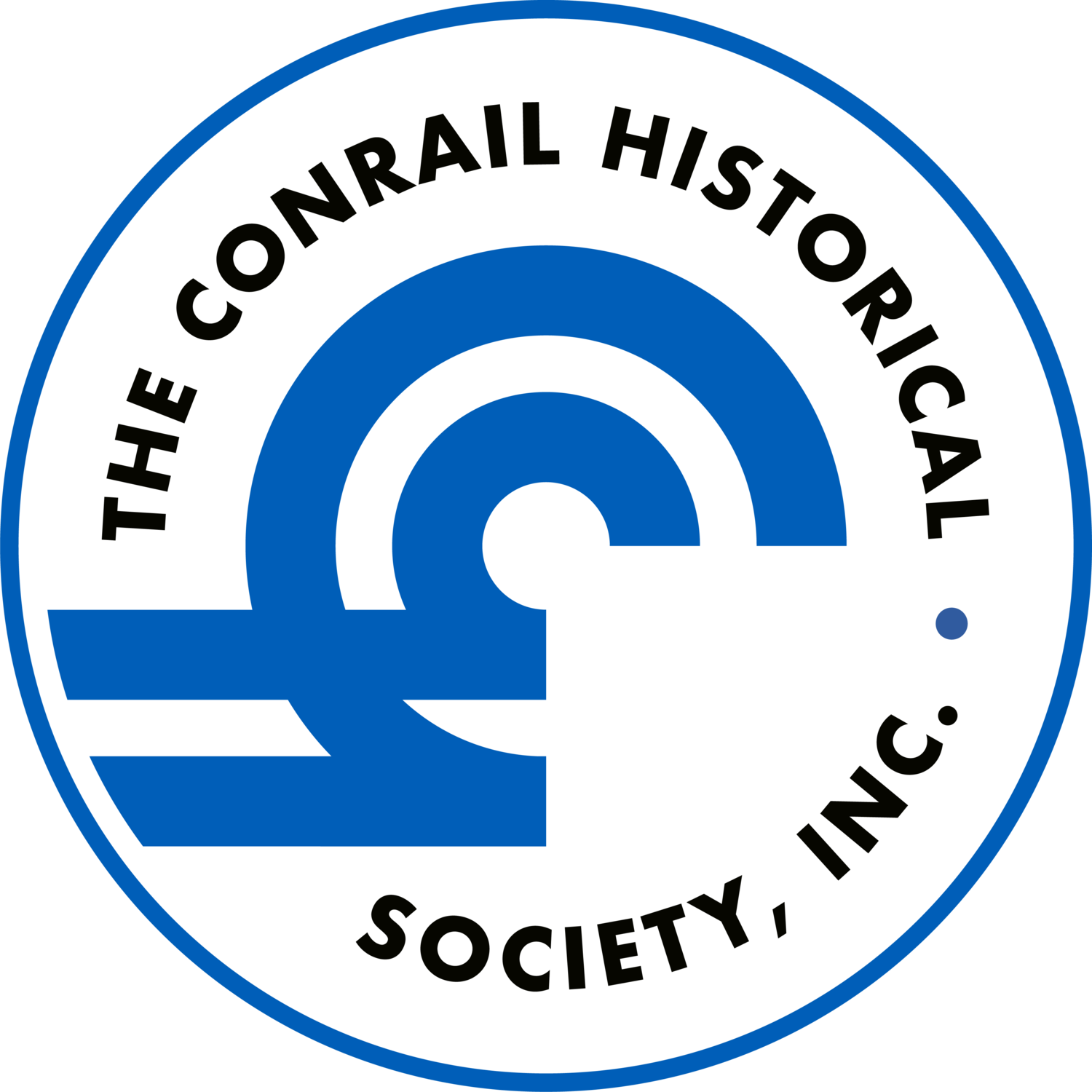The Conrail Story
Conrail can be seen as the savior of railroading in the Northeastern United States. Railroading in the northeast in the early 1970s was in bad shape. Penn Central was in a record setting bankcruptcy, the anthracite roads were facing sharply declining coal demand and the entire region was suffering from a glut of redundant lines. Conrail took these faltering operations, and, in conjunction with a new federal regulatory environment, became a profitable and successful private enterprise.
Conrail was an example of a government program that worked. The formation of Conrail was, essentially, a government bail out of the railroad industry. It worked, it fixed the industry, kept the neccessary functions that it was performing going and in the end actually delivered value for the taxpayers who initially footed the bill. Examples of inspirational and successful government action may seem few and far between, and Conrail was a gleaming example of how the federal government can do things right.
The Equipment
Conrail started its life with a colorful mix of interesting equipment. In its early days, Conrail's equipment was a mishmash of aging classic locomotives and colorful (in most cases) paint schemes. This stuff was full of character, from the variety of paint styles performed to the ways that things showed up in places you'd never seen them before, like EL U-Boats and CNJ SD35s on Horseshoe Curve. This era was a modelers and railfan's bonanza, despite the sadness at seeing once great railroads sporting a new image.
Conrail utilized modern and innovated cars and locomotives. As it became profitable, Conrail had purchased some unique locomotives and cars that it believed were the way of the future. These include the legendary behemoth SD80MACs and the unique Coilshield cars.
The People
Conrail had some of the finest people in the industry. Whenever railfans think back to why they love Conrail, they often bring up their interactions with the people who made Conrail run. There really was a "spirit of Conrail" amongst the employees who were dedicated to being safe and professional railroaders.
The Operations
Conrail operated one of the busiest and most dramatic pieces of railroad in the country. The Pittsburgh Line stretches from Harrisburg to Pittsburgh and climbs the spine of the Allegheny mountains with grades of up to 3% and over the world famous Horseshoe Curve. This stretch of railroad packs both drama and steady action and has since it was built. Nary a model railroader visits the area and doesn't go home thinking of how they're going to model it, and no railfan has ever gone home disappointed.
Conrail operated through the heart of the heavily populated Northeast. This meant that it was the hometown railroad for a large percentage of America. It served almost all of the nation's largest cities, from New York to Philadelphia to Chicago. Being in so many people's hometown meant that many of us have fond memories of the railroad.

